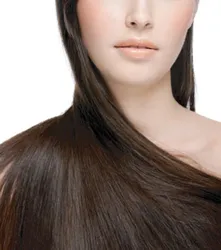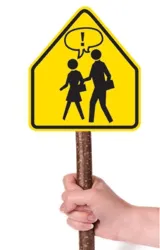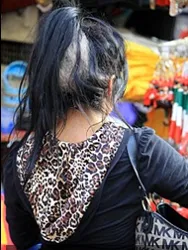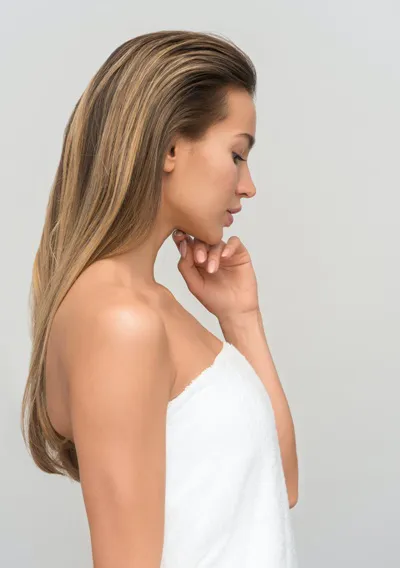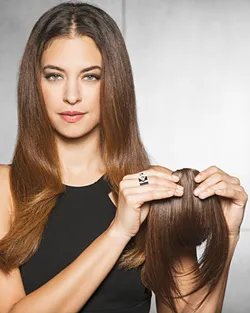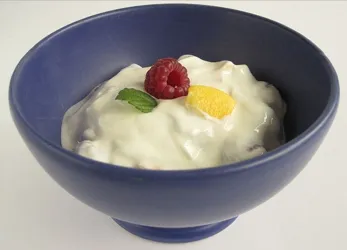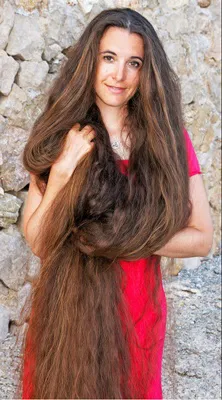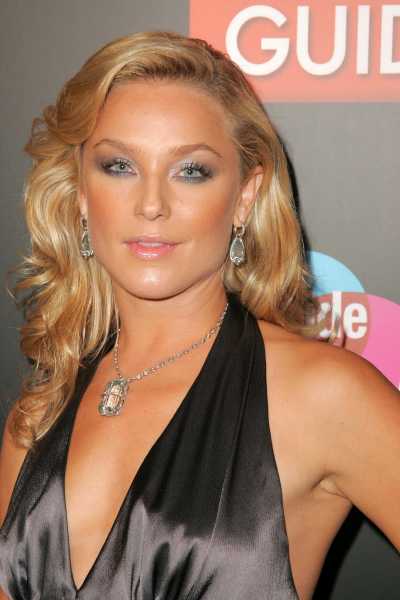
Tangled Hair: How To Deal
Introduction
Depending on the level of tangling hair may be referred to as bird's nest hair. Hair that is super short is much less likely to deal with tangle challenges than hair that is medium length or longer. In fact, the longer the tresses, the more risk of tangling issues. The key to dealing with hair tangles is understanding the different type, how they develop and how to address them before they become irreversible. Types of Hair Tangles1. Tangles which occur as a result of hair type, texture and ongoing condition 2. Age related tangling 3. Tangles resulting from daily hair wear and tear 4. Spot tangles due to genetic hair formation or selected hair style 5. Chronic tangling as a result of chemical treatments 6. Post shampoo tangling especially when hair is piled on top of head or handled improperly 7. Tangles resulting from use of certain hair care and styling formulas 8. Environmentally caused tangles 9. Minor tangles allowed to develop into major hair knots and matting 10. Tangles deliberately cultivated in the case of particular hair styles such as dreads 11. Hair tangles which develop from introduction of foreign objects 12. Tangling as the result of improper hair styling, maintenance and general care 13. Hair extension related tangles 14. Hair loss tangling Tangles resulting from hair type, texture and/or conditionSome types, textures and conditions of hair are more prone to tangling than other types. Fine hair is often soft and less liable to tangling than naturally wavy or curly hair. An inherited condition related to hair tangling known as uncombable hair syndrome or "cheveus incoiffables" occurs in some rare cases. It is also known as spun-glass hair and pili trianguli et canaliculi. Uncombable hair syndrome results in grossly abnormal hair during infancy and early childhood. In many cases the syndrome improves with age. Several conditions are associated with uncombable hair, such as ectodermal dysplasia, retinal dysplasia/pigmentary dystrophy, juvenile cataract, digit abnormalities, tooth enamel anomalies, oligodontia, and phalangoepiphyseal dysplasia. For more information regarding uncombable hair syndrome refer to the following abstract: http://www.ncbi.nlm.nih.gov/pubmed/11407534?dopt=Abstract Age related tanglingBesides the appearance of uncombable hair syndrome which appears in infancy and early childhood, hair can become more prone to tangling as some adults age. Tangles resulting from daily hair wear and tear
Tangling may occur when the hair is neglected for an extended period of time or is not detangled regularly or properly. Remember to always completely detangle your tresses before you shower, shampoo your hair or log any bed time. Catching a small tangle before it grows into a larger one is always a good plan. Spot tangles due to genetic hair formation or selected hair stylehe key to dealing with hair tangles is understanding the different type, how they develop and how to address them before they become irreversible. Chronic tangling As A Result Of Chemical TreatmentsTangled hair is sometimes referred to as a birds nest of hair. Hair that is damaged from excessive perming, straightening, coloring or a combination of ongoing chemical treatments may be more prone to forming major tangles. Chemical treatments can actually accelerate the natural weathering of hair strands which causes the hair to become much more prone to knotting. Post shampoo tanglingHair is more prone to tangling when it is wet than when it is dry. Tangles resulting from use of certain hair care and styling formulasDepending on hair type, texture and condition, excessive use of some styling products will render the strands more prone to dryness and result in knotting or tangling. Environmentally caused tanglesThe environment can actually cause unexpected tangling. Wind, rain, sleet and snow can encourage tangles. Even when hair is secured into a ponytail or bun, wind can whip your hair into a tangled knot. If you enjoy riding in an open air vehicle, make sure hair is firmly secured. Tresses caught in a sudden rainstorm could also be in danger of serious matting if the strands are not immediately combed out. You may also be prone to sudden tangling if you do not protect your hair from too much sand or surf. When possible keep a cap, scarf or other head covering always available to protect your hair for any type of weather related emergency. Minor tangles allowed to develop into major hair knotsRemoving any type of knots or tangles from strands can be time consuming. Some hair consumers ignore minor knots only to discover they eventually morph into major matted hair messes which can not be easily resolved. Tangles deliberately cultivated in the case of particular hair styles such as dreadsDreadlock aficionados live for the chance to wear works of tangled hair art. Some dreaded folks literally spend years twisting and tangling their strands until they have achieved a glorious creation. |
| If you want to talk more about this or other hair care articles on HairBoutique.com or anywhere else, please post a message on HairBoutique.com's Hair Talk Forums.
|
Social Media Network Information
Please follow us on Twitter at: https://Twitter.com/HairBoutique. I look forward to meeting new people from all walks of Twitter and learning from their Tweets.


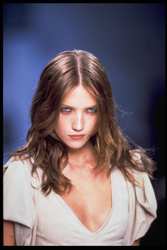 Tangled hair can range from a slight annoyance to a major hair knot which may be so matted it is difficult, if not impossible, to remove.
Tangled hair can range from a slight annoyance to a major hair knot which may be so matted it is difficult, if not impossible, to remove. 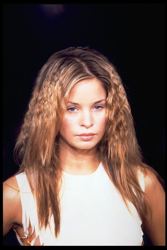 Hair can tangle due to a wide range of causes.
Hair can tangle due to a wide range of causes. Hair tangles which develop from introduction of foreign objects
Hair tangles which develop from introduction of foreign objects
